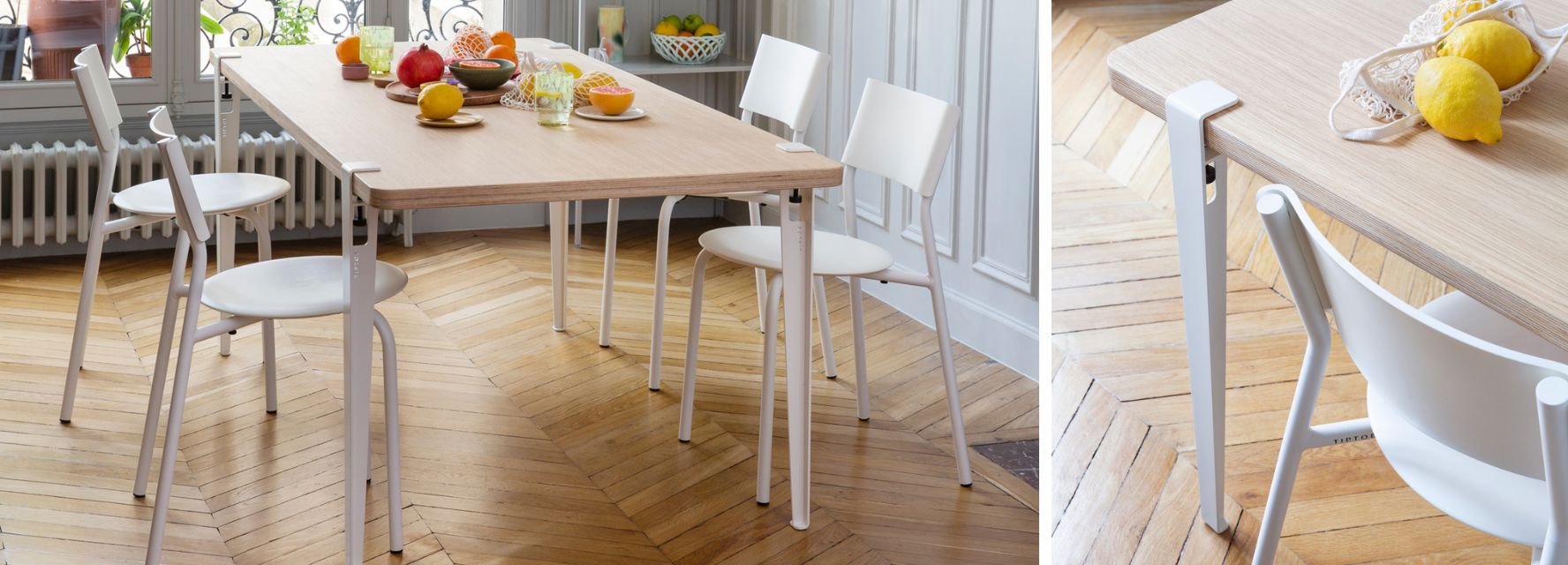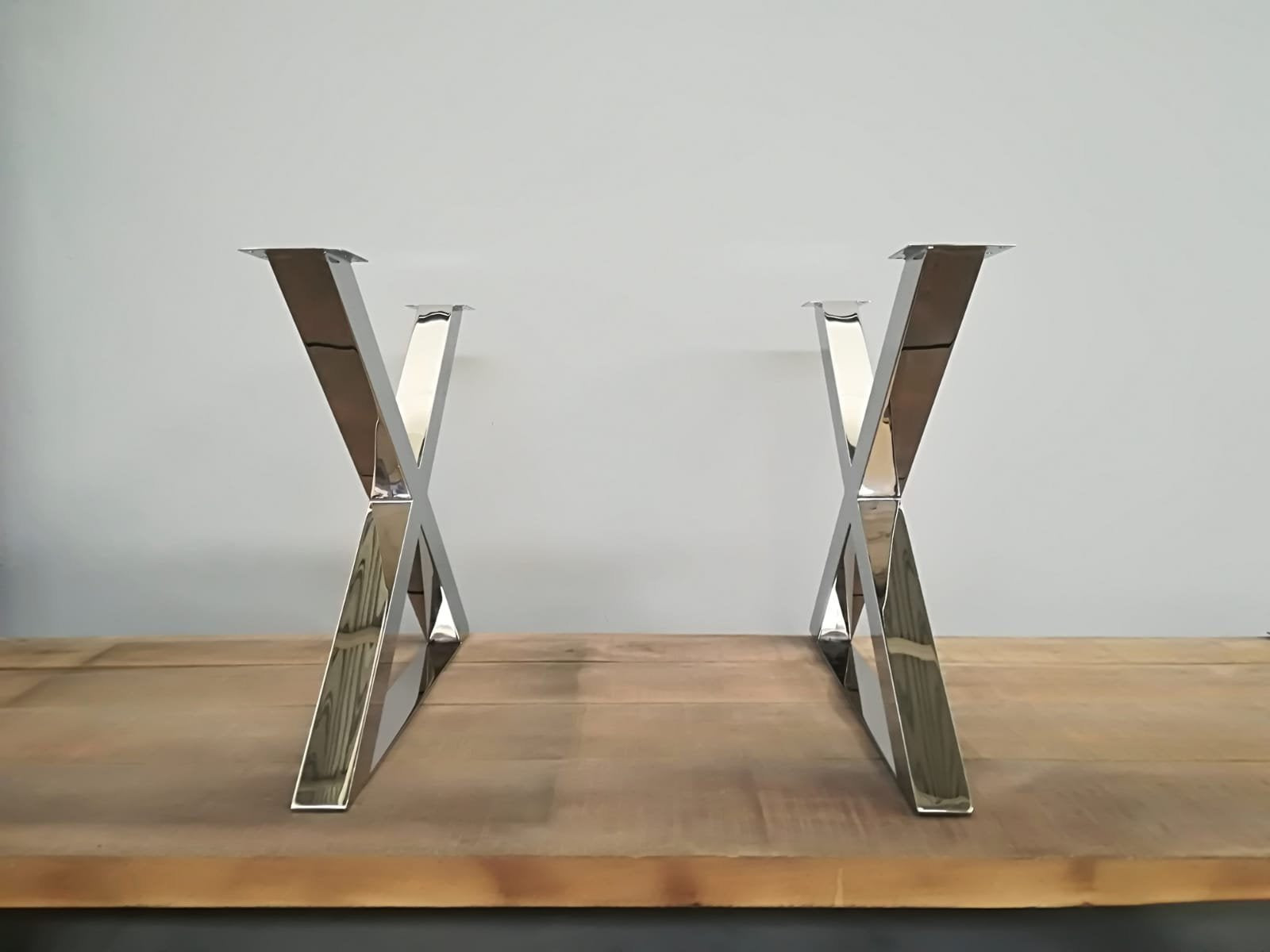The Impact of Dining Room Table Legs on Your Table's Overall Design
The Impact of Dining Room Table Legs on Your Table's Overall Design
Blog Article
From Traditional to Modern: Locate the Ideal Dining-room Table Legs for Your Design
While traditional styles such as cabriole and turned legs evoke a feeling of classic refinement, contemporary styles like barrette and geometric options provide a possibility for striking aesthetic passion. As you take into consideration these elements, the concern continues to be: how can you flawlessly integrate these diverse leg designs to develop a harmonious dining experience?
Understanding Table Leg Styles
The range of eating area table leg styles can substantially affect both the appearances and performance of the room. Each leg style adds special useful functions and visual components, providing to diverse style preferences and usage demands. Comprehending these styles is critical for picking the right table that aligns with your overall indoor layout vision.
For circumstances, conical legs offer a tidy, timeless appearance that can boost a room's sophistication, while stand bases give stability and take full advantage of legroom, making them excellent for smaller sized rooms. Hairpin legs, a hallmark of mid-century contemporary layout, introduce a commercial style, permitting for an airy, open feeling. Trestle legs evoke rustic charm, giving durable support and a feeling of eternity.
Furthermore, the option of materials plays a substantial function. Wooden legs can bring heat and structure, whereas metal alternatives usually share a streamlined, modern ambiance. Eventually, understanding table leg styles is vital for producing a natural dining area that reflects personal style while making certain practicality and comfort. By thoughtfully taking into consideration these aspects, you can boost both the practical and visual appeal of your dining room.
Traditional Table Leg Options
When choosing eating room table legs, typical choices often symbolize timeless elegance and craftsmanship. These designs mirror a rich heritage and a dedication to high quality, making them optimal for those that value classic aesthetics.
One of one of the most legendary conventional leg designs is the cabriole leg, identified by its elegant curved shape. This style frequently features ornamental makings and is most generally discovered in Queen Anne and Chippendale furnishings. An additional popular choice is the transformed leg, which flaunts a collection of smooth, rounded shapes that supply a classic appearance while preserving security.
In addition, the straight leg, while simple, provides a basic and tough framework that can mix effortlessly with a selection of tabletop designs. For those attracted to ornate detailing, claw-and-ball feet legs stimulate a feeling of splendour and can offer as a stunning prime focus in any dining area.
Finally, stand bases, although not purely legs, give a different traditional choice that permits for ample legroom and can be perfectly carved. Each of these standard leg designs adds to the overall atmosphere of a dining-room, marrying function with visual allure.

Modern Table Leg Styles
Modern table leg layouts supply a diverse variety of styles that stress tidy lines and cutting-edge materials. These layouts commonly prioritize capability while working as striking prime focus within a dining room. Minimalist aesthetic appeals are prevalent, with legs crafted from products such as metal, glass, and crafted timber, which contribute see page to a modern and airy feeling.
One popular layout is the barrette leg, characterized by its slim, tapered framework that gives security without frustrating the tabletop (dining room table legs). This style is frequently found in mid-century contemporary furniture and can easily complement numerous table shapes. Another pattern is the usage of geometric shapes, where legs may tackle angular or unbalanced kinds, including aesthetic passion and a touch of creativity

Mixing Designs for Special Spaces
Commonly, home owners look for to create unique eating areas that reflect their personal style by blending various design components. This strategy permits for the incorporation of diverse appearances, resulting in a harmonious yet distinct setting. For example, combining a rustic wooden table with sleek, modern-day steel legs can produce an attractive contrast that boosts the area's general allure.
Additionally, incorporating vintage table legs with modern tabletops can stimulate a sense of history while preserving a contemporary sensibility. Such mixes not just showcase individual preference yet likewise motivate creativity, allowing home owners to curate a space that really feels both personal and welcoming.
Color plays an important role in this mixing process; choosing table legs that match or contrast with the existing color design can boost visual passion. Whitewashed legs can soften the boldness of a dark table surface area, creating a balanced visual.
Tips for Choosing the Right Legs
Choosing the right table legs is important for here are the findings attaining both functionality and visual allure in your dining area. Begin by considering the general design of your room. Typical settings gain from legs that include intricate carvings or transformed layouts, while contemporary areas might call for smooth, minimal styles.
Next, examine the height and security of the legs. dining room table legs. Common table vary between 28 to 30 inches in elevation, so guarantee the legs enhance this measurement for comfort. Additionally, durable materials, such as hardwood or steel, can get redirected here improve security and durability
Review the leg form also-- alternatives include right, tapered, or pedestal layouts. Straight legs use a timeless appearance, while tapered legs can include a touch of elegance. Pedestal bases provide sufficient legroom and are excellent for smaller sized rooms.
Verdict
In recap, choosing the suitable dining room table legs calls for cautious consideration of both traditional and modern-day designs. By balancing leg style, elevation, and material with the overall decor, a natural and inviting atmosphere can be attained.
The range of eating space table leg styles can dramatically affect both the looks and performance of the room. Eventually, understanding table leg designs is necessary for producing a natural dining area that mirrors personal design while making sure functionality and convenience.One of the most legendary standard leg styles is the cabriole leg, identified by its stylish curved form. Straight legs supply a classic appearance, while conical legs can include a touch of sophistication.In recap, selecting the optimal dining area table legs requires cautious factor to consider of both typical and contemporary styles.
Report this page